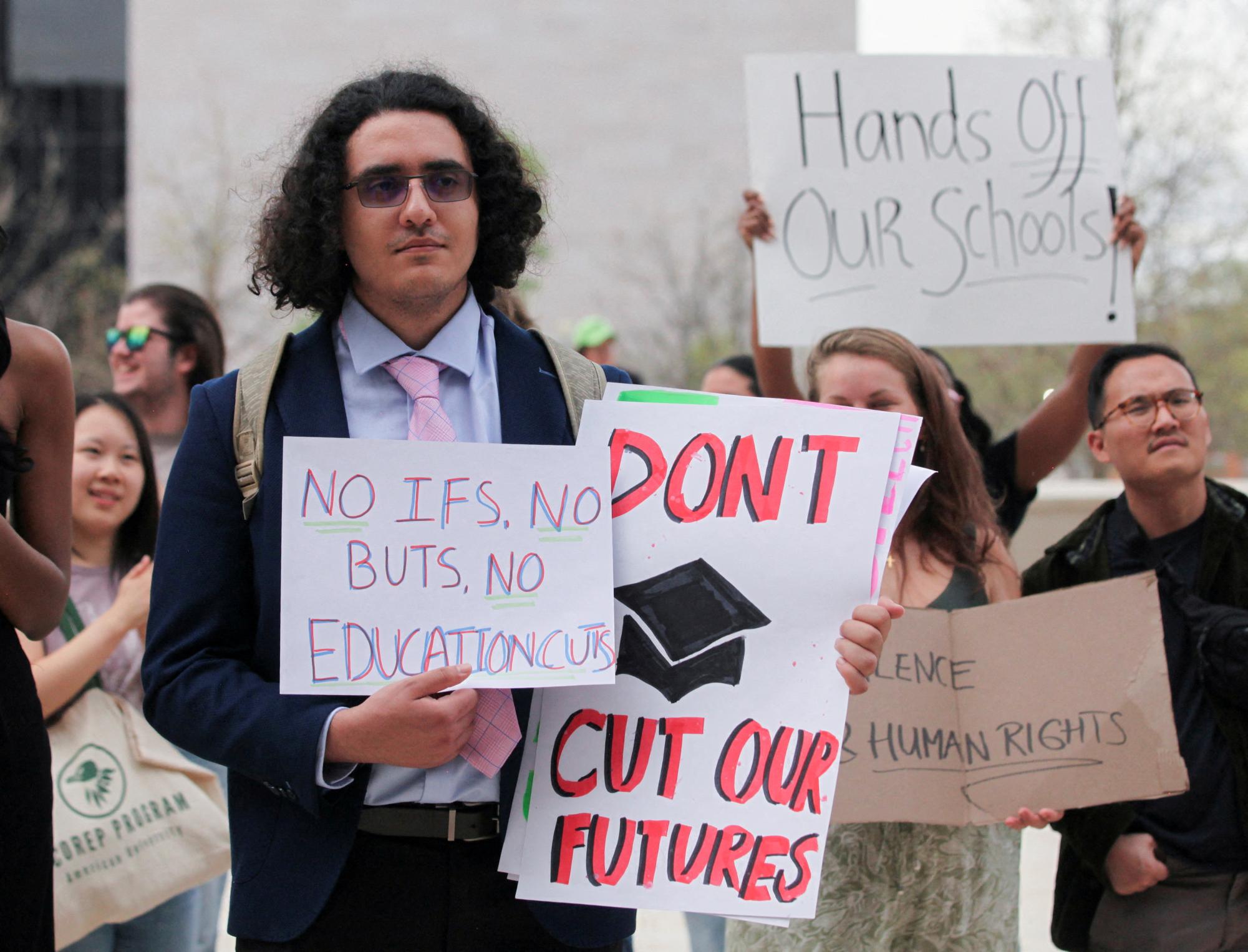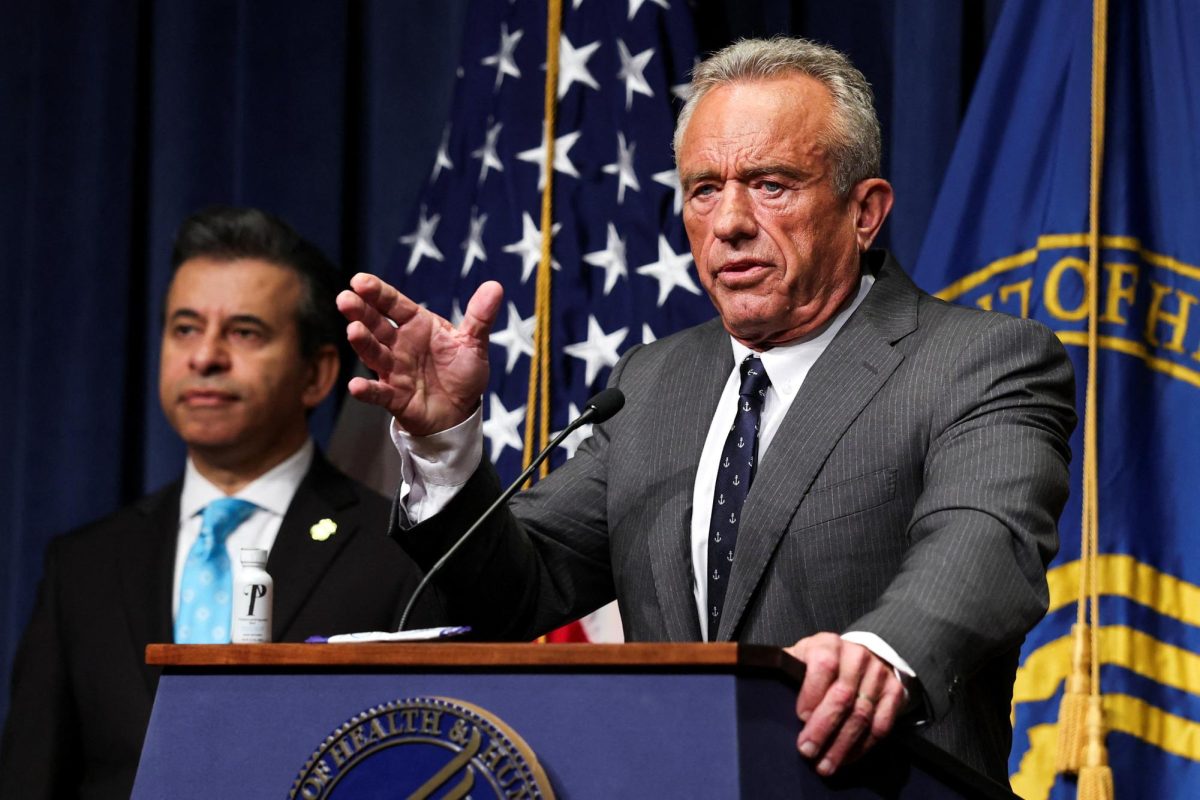In Article 8, Section 1 of the Indiana State Constitution, it states that Indiana is obligated to provide a “general and uniform system of Common Schools, wherein tuition shall be without charge and equally open to all.”
While Indiana does provide funding for our public schools, it also invests a lot of money into the voucher program, which allows parents to receive taxpayer dollars to send their children to private institutions.
While this is a nice program for those who severely need it, unfortunately, a 2025 state law has made it universal. (I didn’t know Republicans believed in anything being universal.)
While the Indiana Supreme Court ruled in 2013 that the vouchers do not violate the Constitution, times have changed. There is no income requirement. According to Edhoice.org, over 75,269 students benefit from these programs. In 2023-2024, the average (taxpayer) voucher value was $6,264. In that year alone, the state spent roughly $439 million. Wealthy families also benefit from these programs. Over 8,000 students in 2023-2024 came from households making $150,000 to $200,000. You’re telling me that these are the people benefiting from the taxpayer dollars?
“Public schools, which serve 90% of Hoosiers’ children, are open and nondiscriminatory, providing essential services and a common foundation for our diverse communities,” the Indiana Teachers Association said. “Vouchers undermine this public good by siphoning limited funds to private schools that lack accountability and do not serve all students equitably.”
This leaves me wondering where our priorities lie.
“This is a choice to prioritize the wealthy while leaving working families and our public schools behind,” Rep. Carey Hamilton said.
When we talk about numbers, Indiana falls behind the rest. 20% of third-graders failed reading tests, 70% of students are not proficient in reading or math, and the average SAT score is 970, which is below the national average. How can we ever fix any problems when we misallocate?
“The siphoning away of dollars from public schools to private schools and charter schools, I think, is the number one problem,” history teacher Bryan Looker said.
Adding more funding to our education isn’t a solution, because they simply misallocate those funds.
“It seems like every year the funding gets a little bit less, somebody down in Indianapolis is always trying to find the next savings, but if you don’t invest in the education system, you’re ultimately going to lose in the future,” Criminal Justice teacher Michael Shannon said.
After doing a survey for a project I was working on, 46.5% of people rated the quality of our education a 3 out of 5.
While it can be extremely frustrating to see the misuse of public school funds, change can still happen. In 2018, Arizona had a teacher walkout with over 70,000 educators deciding they wanted change. The outcome was a 20% pay raise and an additional $1 billion for education spending. While radical change, in my opinion, isn’t good, we can be moving towards a better direction.








